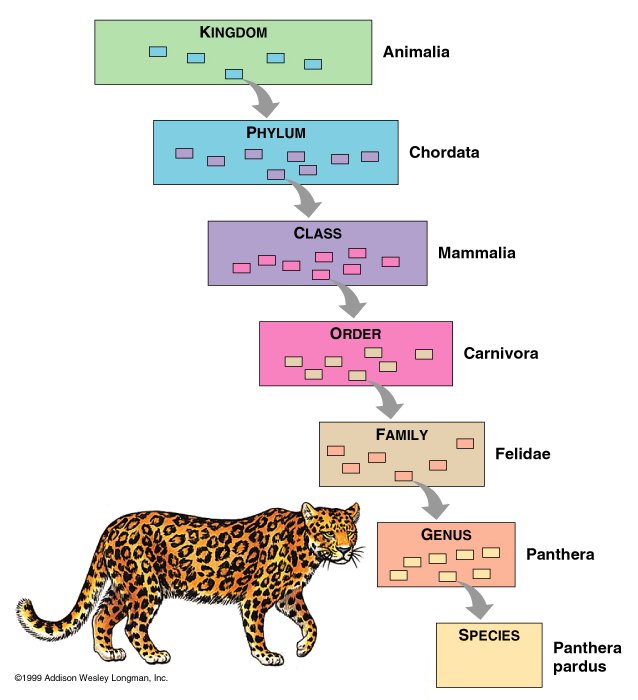The following quote is by John Stilgoe, a well know theorist on the subject of landscape. In this quote he speaks of his students interests. This quote speaks to slowness and observation:
One has noticed the escape hatches in the floors of inter-city buses and inquired about their relation to escape hatches in the roofs of new school buses. Another has reported a clutch of Virginia-Kentucky barns in an Idaho valley and wonders if the structures suggest a migration pattern. A third has found New York City limestone facades eroding and is trying to see if limestone erodes faster on the shady sides of the street. A fourth has noticed that playground equipment has changed rapidly in the past decade and wonders if children miss galvanized steel jungle gyms. Another has been trying to learn why some restaurants attract men and women of certain professions and repel others, and another has found a pattern in coffee shop location. Yet another reports that he can separate eastbound and westbound passengers at O’Hare Airport by the color of their raincoats.What is a taxonomy? (READ LINKED ARTICLE)
One of the most common strategies for organizing content is to place it in a taxonomy. A taxonomy is a hierarchical tree structure such as those used in scientific classification schemes. For example, the taxonomy for organizing all living things has 7 taxons, or levels: kingdom, phylum, class, order, family, genus, and species. Since a taxonomy is hierarchical, each living thing (each species) is organized under a particular genus, which in turn is organized under a particular family, which in turn is organized under a particular order, and so on up the tree.Here is an example of the most common taxonomy that we are all familiar with.
From: Folksonomies: A User-Driven Approach to Organizing Content
 OK, so I get taxonomy, but what is Folksonomy and how does it relate to the project? In many of the online management systems you will be experimenting with, there is a system of tags. You will use these tags as a way to create your own way of organizing your documentation.
OK, so I get taxonomy, but what is Folksonomy and how does it relate to the project? In many of the online management systems you will be experimenting with, there is a system of tags. You will use these tags as a way to create your own way of organizing your documentation.So what exactly are tags? A simple definition would be to say that tags are keywords, category names, or metadata. In essence, a tag is simply a freely chosen set of textual keywords. However, because tags are not created by information specialists, they do not at present follow any ubiquitous formal guidelines. This means that items can be categorised with any word that defines a relationship between the online resource and a concept in the user's mind. Any number of words might be chosen, some of which are obvious representations, others making less sense outside the tag author's context.Still have questions? Read here about Social Bookmarking, Tagging, Music/Photo/Video Sharing
From: Folksonomies: Tidying up tags
Where do I begin? Here is what your process might look like:
- Go out into the world and take your time. Use slowness in your step. Look at your environment in a way that questions the origin and placement of all objects both natural and artificial—whether placed via “official” channels, or by other. What is "natural" and what is "artificial"?
- Hone in on a phenomenon, a place of focus. Think, write and post about how you began to realize or recognize that phenomenon.
- Catalog and document that phenomenon wildly using your digital camera. Map the locations of the phenomenon as part of your documentation process.
- Can you distinguish a pattern, or logic? Can you place that logic into a system—a taxonomy? Create a system, or form to insert this data into using a variety of online tools and management systems.
- Make a plan to communicate what you have discovered in the world. We’ll go through the steps together to realize the project visually.
http://maps.google.com/
http://www.flickr.com
http://del.icio.us
http://www.youtube.com/
http://vimeo.com/
http://www.myspace.com/
http://www.facebook.com/
http://digg.com/
http://ma.gnolia.com
http://www.stumbleupon.com/
http://photobucket.com/
http://www.zoho.com/
Some programs you might choose to use for this project:
Photoshop
iPhoto
Quicktime
iMovie
Skills to learn:
How to be observant
How to manage photographs
How to create video from still images via Photoshop
How to use different online management and sharing applications
How to embed video or audio on your blogger site
How to embed images, video and audio in a google map
How to troubleshoot
No comments:
Post a Comment